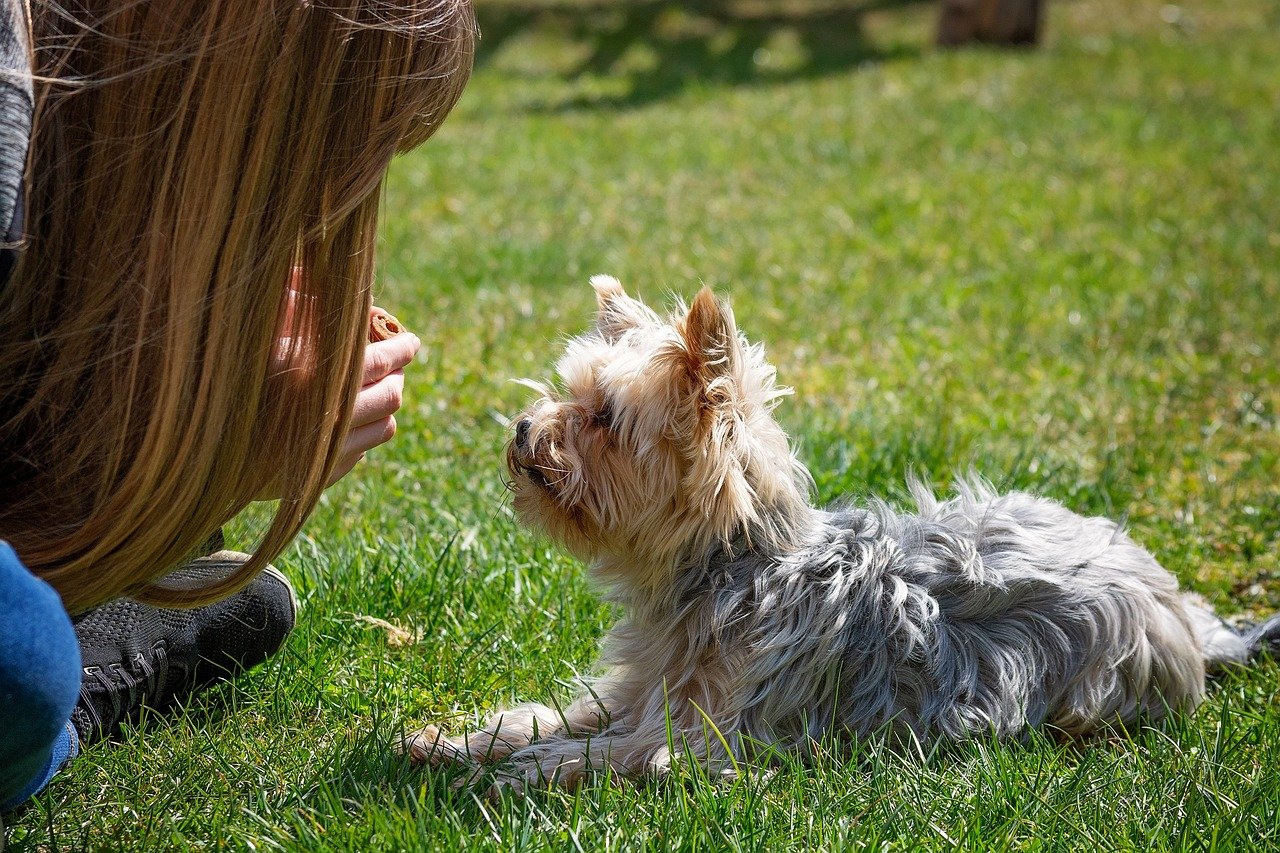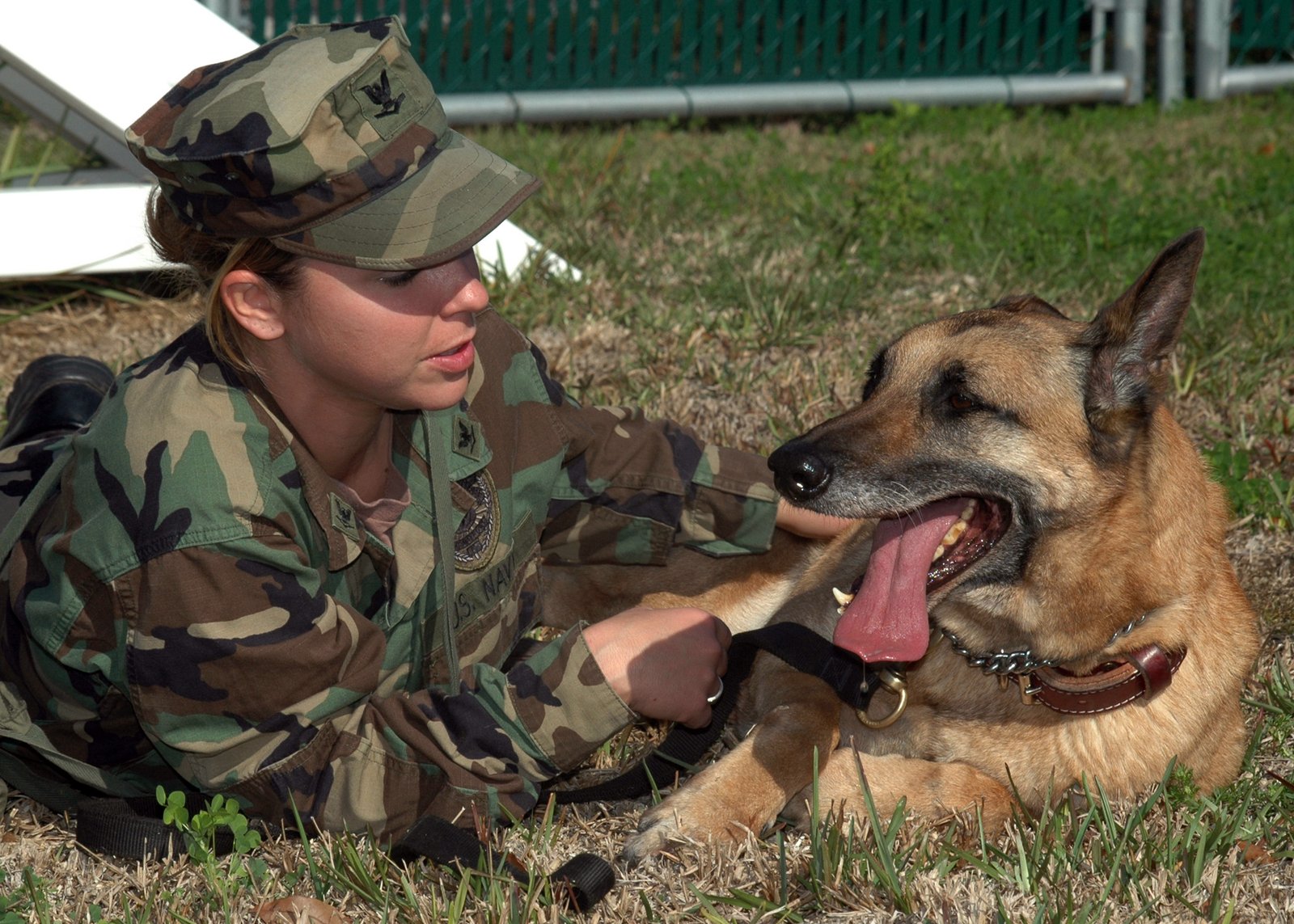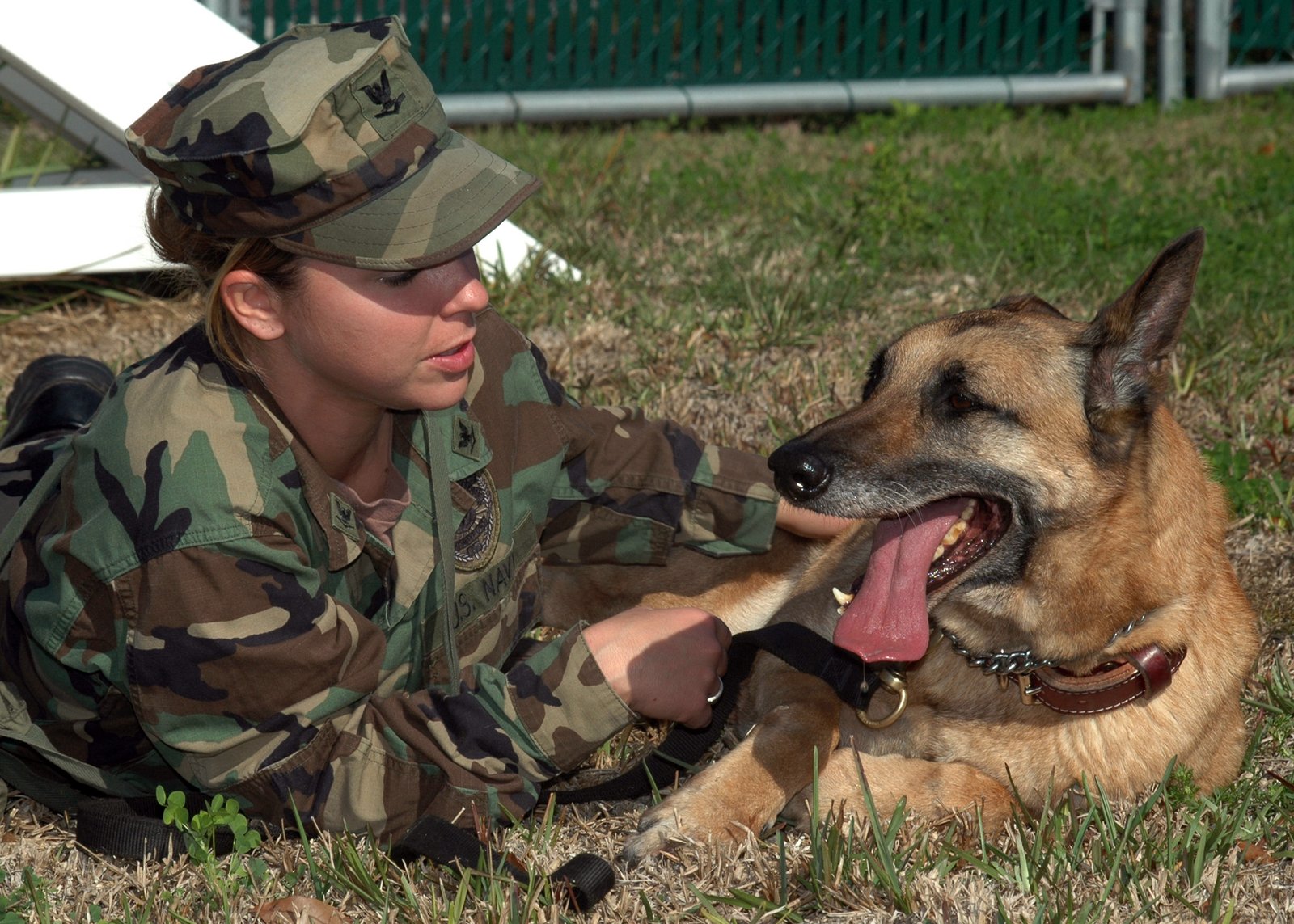Have you ever stopped to think about how your voice affects your furry friend’s world? It’s astonishing to realize that the tone, pitch, and even the rhythm of your voice can have a profound impact on your dog’s behavior and emotions. Imagine your voice as a magical tool that can soothe, excite, or even confuse your dog. This article delves into the fascinating ways your voice shapes your dog’s perception and experiences, uncovering the hidden power behind your everyday conversations with your canine companion.
The Power of Tone: More Than Just Words

When you speak to your dog, it’s not just the words that matter, but the tone of your voice. Dogs are incredibly perceptive when it comes to picking up on emotional cues. A cheerful and high-pitched tone can signal happiness and playfulness, making your dog wag its tail with excitement. Conversely, a stern and low tone can convey disapproval, causing your dog to pause and reconsider its actions. The tone acts as a bridge between human emotions and canine understanding, helping your dog interpret the world around it.
Consider how a simple “good boy” said in a loving voice can light up your dog’s eyes, while the same words spoken harshly might cause confusion. Dogs rely on these vocal cues to navigate their environment and assess how they should respond. By being mindful of your tone, you can foster a more positive and understanding relationship with your pet. Your voice becomes a guiding force, helping your dog feel secure and loved.
Pitch Perfect: The Science Behind It
Pitch plays a crucial role in how dogs perceive human speech. Higher pitches often mimic the sounds of puppies, which are naturally comforting and engaging to dogs. This is why a high-pitched “come here” can make your dog come running, ready for a cuddle or playtime. On the other hand, a lower pitch can be used to command attention or convey authority, signaling your dog to focus and listen.
Research has shown that dogs are more responsive to voices that mimic the cadence of their own vocalizations. By adjusting your pitch, you can better communicate your intentions and emotions to your dog. This scientific insight reveals the deep connection between human and canine communication, where even the slightest change in pitch can alter your dog’s response to you. It’s a playful dance of sounds that strengthens the bond between you and your furry friend.
Rhythm and Repetition: Building Trust and Understanding

The rhythm of your voice is like a melody that your dog learns to recognize and trust. Repetition and consistency in your vocal patterns help your dog understand commands and expectations. For example, using a consistent rhythm when saying “sit” or “stay” can reinforce these commands, making it easier for your dog to learn and obey.
Dogs thrive on routine and predictability, and your voice is a crucial part of that routine. By maintaining a steady rhythm in your interactions, you provide your dog with a sense of security and stability. This rhythmic communication builds a strong foundation of trust, allowing your dog to feel more comfortable and confident in its environment. Your voice becomes a familiar and reassuring presence in your dog’s life.
Emotional Connection: The Heartfelt Impact
Your voice is a powerful tool for creating an emotional connection with your dog. Dogs are highly intuitive creatures, capable of sensing the emotions behind your words. When you speak to your dog with love and affection, it can feel the warmth and sincerity in your voice, leading to a deeper bond between you both.
This emotional connection is a two-way street. Just as your voice can comfort and reassure your dog, your dog’s reactions and responses can also bring you joy and fulfillment. This mutual exchange of emotions strengthens the human-animal bond, enhancing the quality of life for both you and your furry companion. Your voice becomes a channel for love, empathy, and understanding, enriching the relationship you share with your dog.
Commands and Communication: The Art of Clarity
Clear communication is essential when giving commands to your dog. Using concise and consistent vocal cues helps your dog understand what is expected and how to respond. Dogs are more likely to follow commands that are delivered with clarity and confidence, as this reduces confusion and reinforces learning.
Think of your voice as a guiding light, illuminating the path for your dog to follow. By mastering the art of vocal communication, you can effectively convey your intentions and desires to your dog. This clarity fosters a sense of cooperation and teamwork, allowing you and your dog to navigate the world together with ease and harmony.
Body Language and Voice: The Perfect Pair

While your voice is a powerful tool, it is most effective when combined with body language. Dogs are experts at reading non-verbal cues, and the synergy between your voice and body language enhances communication. For instance, a firm “no” paired with a gentle hand gesture can be more impactful than words alone.
This combination of voice and body language creates a holistic approach to communication, allowing your dog to better understand your intentions. By being aware of your gestures and posture, you can provide clearer cues and guidance to your dog. This harmonious blend of verbal and non-verbal communication strengthens the bond between you and your pet, leading to a more fulfilling companionship.
Voice and Stress: The Calming Effect

In times of stress or anxiety, your voice can serve as a calming presence for your dog. A soothing and gentle tone can help alleviate your dog’s fears and provide comfort during challenging situations. Whether it’s a thunderstorm or a trip to the vet, your voice can be a source of reassurance and stability.
The calming effect of your voice is akin to a lullaby, easing your dog’s nerves and promoting relaxation. By using your voice to convey calmness and security, you can help your dog navigate stressful situations with greater ease. This nurturing aspect of vocal communication highlights the profound impact your voice can have on your dog’s emotional well-being.
The Joy of Positive Reinforcement

Positive reinforcement is a powerful tool in dog training, and your voice plays a crucial role in this process. Praising your dog with an enthusiastic and upbeat tone can reinforce good behavior and encourage learning. This positive feedback creates a rewarding experience for your dog, motivating it to repeat desired actions.
Imagine your voice as a cheerleader, celebrating your dog’s achievements and encouraging progress. This joyful interaction not only enhances your dog’s learning but also strengthens the bond between you. By using your voice to provide positive reinforcement, you create a supportive and encouraging environment for your dog to thrive.
In conclusion, your voice is a remarkable tool that shapes your dog’s world in ways you may not have realized. From tone and pitch to rhythm and emotional connection, your voice influences your dog’s behavior, emotions, and overall well-being. By being mindful of how you communicate with your furry friend, you can create a deeper, more meaningful relationship that enriches both your lives. So next time you speak to your dog, remember the power of your voice and the impact it has on your beloved companion.

Born and bred in South Africa, a Capetonian at heart. Amy-Leigh’s love for nature and animals was inherited from her Dad. He loves taking the family on road trips to experience nature at its finest; Amy-Leigh’s favourite being whale watching in Hermanus and spotting Kudu along the West Coast. Amy-Leigh holds a BA in English Literature and Communication Studies.






